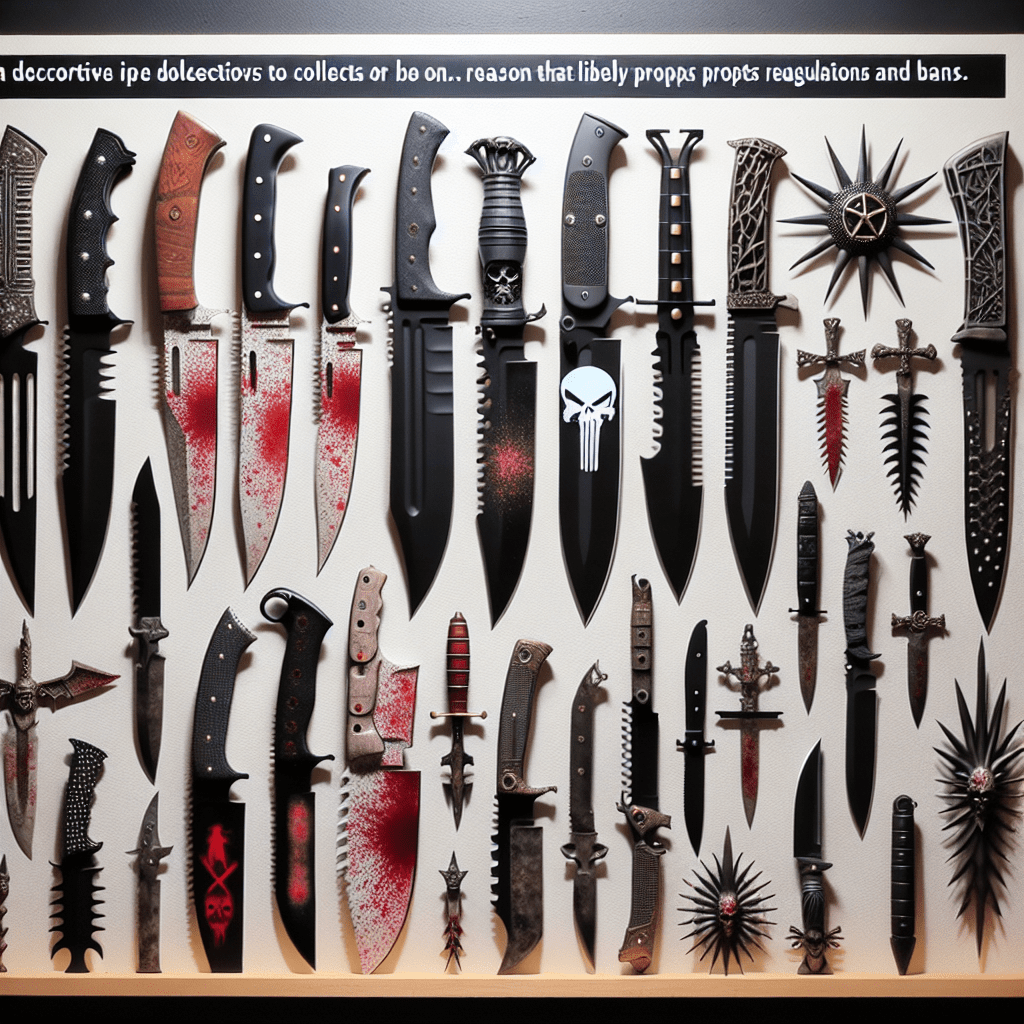The Zombie Knife Phenomenon: An Overview of the Emergent Trend and Its Implications
The term “zombie knife” has garnered considerable attention in recent years, developing into a contentious topic among law enforcement officials, policymakers, and the public at large. These weapons, bearing a name derived from their common depiction and use in popular zombie apocalypse fiction, are characterized by certain aesthetic features and the purported threats they pose. This article seeks to unpack these elements neutrally while evaluating the implications of the spread of zombie knives in contemporary societies.
Defining the Zombie Knife: Characteristics and Design
Zombie knives are often large, serrated blades with elaborate designs evoking the imagery associated with post-apocalyptic scenarios where society is overrun by zombies. These knives are not merely functional but are also created as collectibles for enthusiasts of horror and survival fantasy themes. They typically feature graphic elements, such as faux blood spatters, slogans endorsing violence like “zombie slayer,” or fictional endorsements to survivalist movements within the apocalyptic lore.
From a design perspective, zombie knives range from resembling traditional kitchen knives to machetes, but all bear means of intimidation and threatening aesthetics. Often touted as a symbol of masculinity or toughness among certain subcultures, these knives serve less as utility tools and more as emblematic representations of power and anarchy.
Zombie Knives in Society: The Cultural Appeal and Associated Risks
Subcultural attraction
The cultural appeal of zombie knives is multifaceted. On one level, these objects appeal to collectors of memorabilia related to fantasy and horror genres. Undoubtedly, the concept merges pop culture’s fascination with zombie-themed literature, games, and films with real-world weaponry to create tangible items that embody these fictions. This has carved out a niche market for manufacturers and retailers who capitalize on these themes.
Risk Concerns
The risks posed by zombie knives, however, have become a significant area of concern. Unlike more typical knife ware used for household or work-related functions that carry potential risks primarily when misused, zombies knives are perceived as inherently dangerous given their design and intended ominous implications. Law enforcement agencies attribute an increase in their use to intimidating and violent behaviors, including gang-related activities.
Legal Responses to Zombie Knives: Bans and Regulation
Over time, government bodies have taken action against the proliferation of zombie knives due to their apparent glorification of violence and potential use in crime. Various jurisdictions have implemented legislation that bans the sale, manufacture, importation, or possession of these knives. The specific measures have largely depended on the prevailing legal treaties or legislative acts pertinent to weapons control within different regions.
In the UK, for instance, amendments to the Criminal Justice Act 1988 prohibited the marketing, sale, and possession of zombie knives owing to concerns over their surge in connection with violent crimes. These efforts signal governmental intent to remove such explicit sources of weaponized intimidation from public accessibility.
Impact on Crime and Violence: Analyzing Post-Ban Data
Assessing the impact of bans on zombie knives necessitates longitudinal data sets which can be contemplated against crime rates over time. Critics argue that simply legislating against specific types of weapons does not address underlying causes of violence nor does it tackle the cultural or social conditions which lead individuals toward fascination with such items.
Conversely, proponents assert that making these aggressive symbols less available disrupts the normalization of violence and impedes their use in criminal actions.
